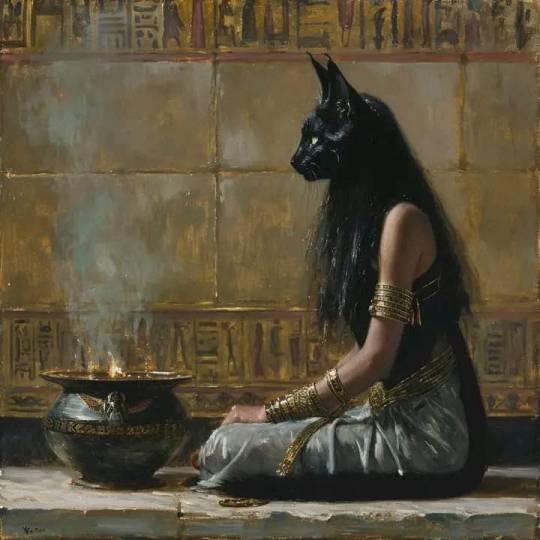#1877
Text


Giacomo Ginotti: 'The Slave' (1877)
8K notes
·
View notes
Text

Amedee Guillemin, Le Ciel, 1877. Shower of Andromedids, Nov 27th 1872, seen over France
Scan from New Scientist
1K notes
·
View notes
Text
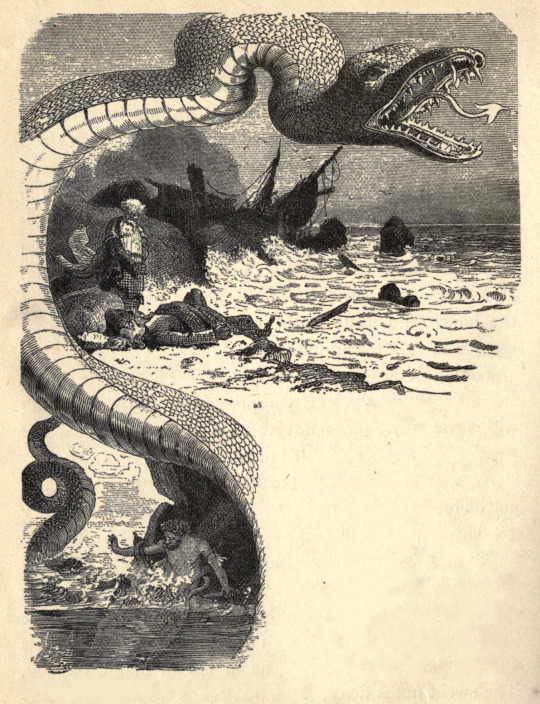
A sea serpent frames an image of a corpse on the shore. Fairy circles. 1877.
Internet Archive
#sea serpent#monsters#snake#snakes#graphic design#illustration#processed image#nemfrog#1877#19th century
489 notes
·
View notes
Text
okay i know alot of people dont like the 1870s and i find that so insane cause have you SEEN the hair

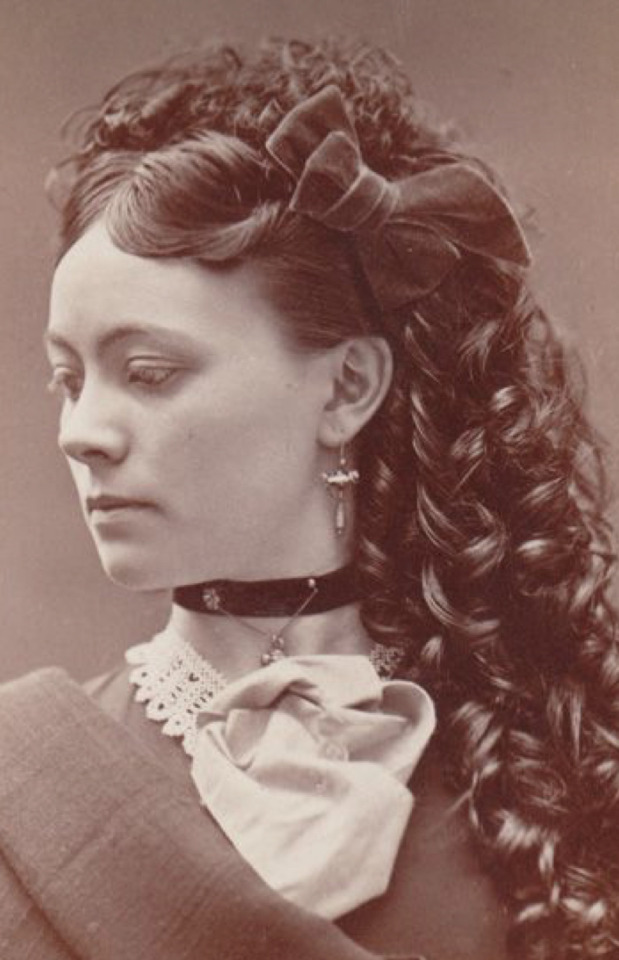
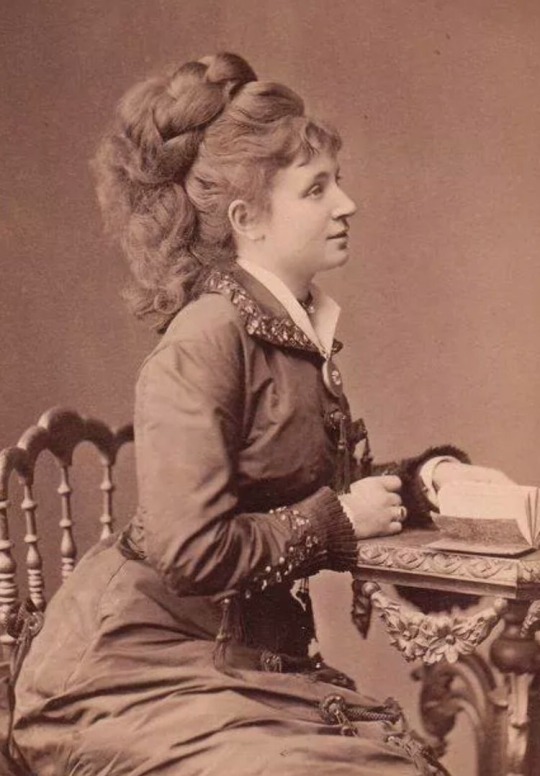

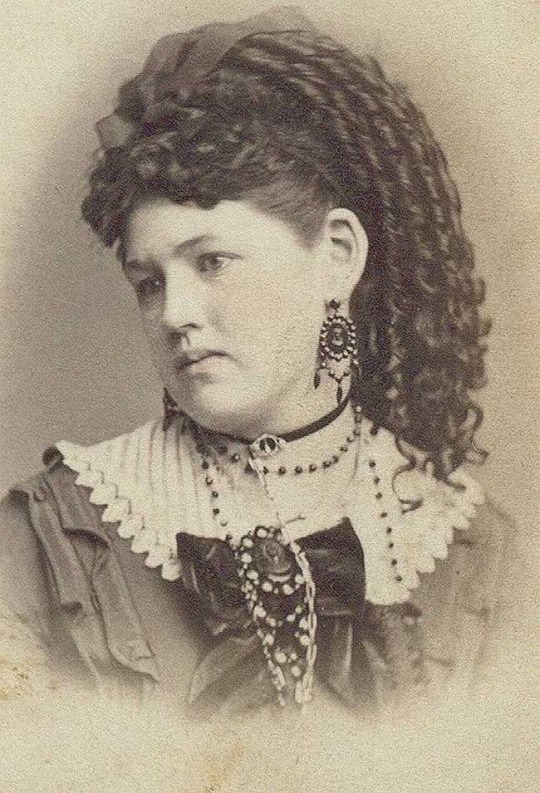

#its so beautiful#bring back extravagant updos like this#1870s#historical fashion#fashion history#hair history#fashion historian#historical costume#victorian#bustle era#19th century#1800s#1871#1872#1873#1874#1875#1876#1877#1878#1879
2K notes
·
View notes
Text
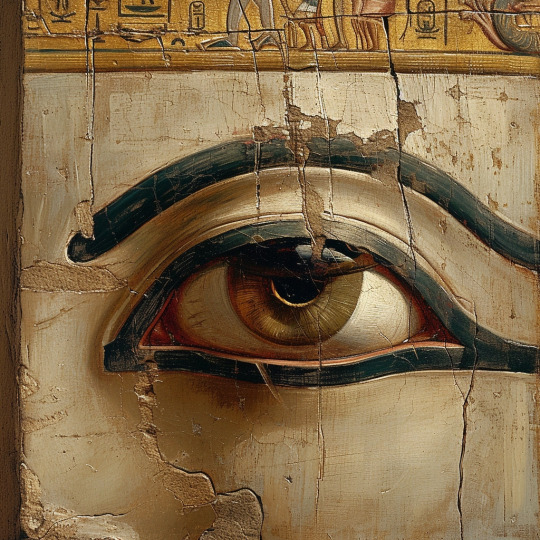
Emile Corsi, The Eye Of Horus, 1877
157 notes
·
View notes
Photo

The ethnic map of the Balkans in 1877 before the later changes. overlaid with modern borders.
by Yellowapple1000
93 notes
·
View notes
Photo
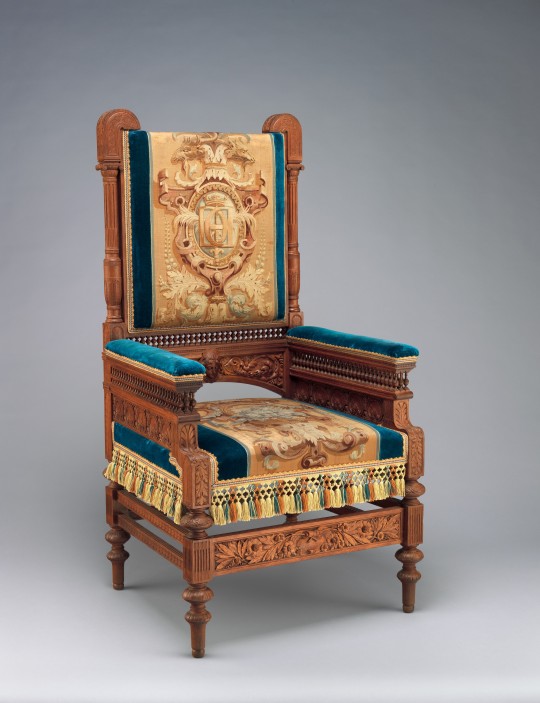




Armchair
c.1875-1876
Pottier and Stymus Manufacturing Company
This armchair, along with a matching side chair and cabinet, was made for Pottier and Stymus’ display at the 1876 Centennial International Exhibition in Philadelphia. This seminal event offered unprecedented exposure to potential patrons and sparked the nation’s preference for the Aesthetic style. Founding partner Auguste Pottier then donated the pieces to the Metropolitan Museum as examples of distinguished contemporary craftsmanship.
During the late 1870s and early 1880s, New York City emerged as the center for the production of luxury furniture, interior woodwork, and decoration. Companies including George A. Schastey & Co., Herter Brothers, Pottier and Stymus Manufacturing Company, and Herts Brothers flourished during this period of unparalleled financial growth. With showrooms and manufactories located in the city’s thriving commercial district at Union Square, they received commissions from wealthy financiers and railroad magnates in New York City and across the country for custom-made furnishings. These full-service firms depended on the skills of highly trained émigré craftsmen, many of whom had fled political strife and economic hardship in regions that compose modern-day France and Germany.
The MET (Accession Number: 88.10.3)
#armchair#fashion history#furniture#furnishings#1870s#gilded age#antique furniture#1877#1878#united states#up close#19th century#pottier and stymus#the met#this is insane
454 notes
·
View notes
Text

A Garden Stroll, Auguste Toulmouche. 1877.
#aesthetic#art#art history#fashion#historical fashion#historical art#women in art#victorian#victorian aesthetic#women#1870s#1870s gowns#1870s fashion#1870s hair#historical clothing#early gilded age#the gilded age#1877#blue#blue aesthetic#blue dress
144 notes
·
View notes
Text

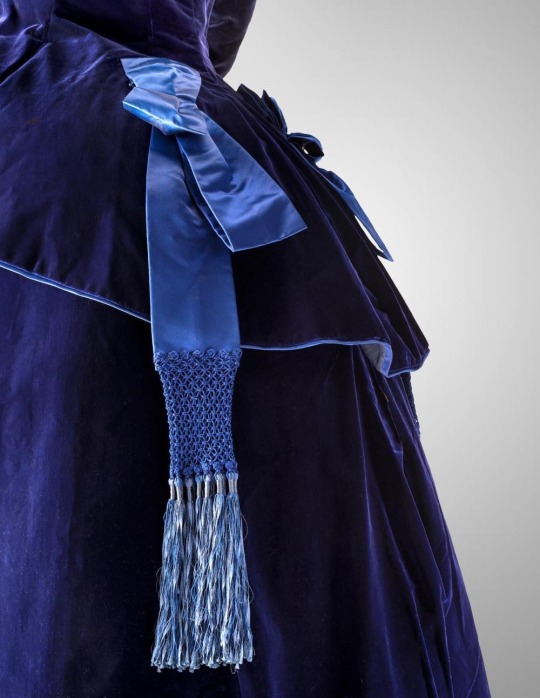


Blue Velvet Dress, 1877, French.
Possibly by House of Worth.
MFA Boston.
#blue#velvet#womenswear#silk#dress#extant garments#19th century#mfa boston#france#french#house of worth#1877#1870s#1870s france#1870s dress#third republic#fave
641 notes
·
View notes
Text

Towing an American Three-Master through the Ice, Delaware River, Winter of 1877, by George Emerick Essig (1838 - 1923)
112 notes
·
View notes
Text


Virginia Gildersleeve (deceased)
Gender: Female
Sexuality: Lesbian
DOB: 3 October 1877
RIP: 7 July 1965
Ethnicity: White - American
Occupation: Academic, activist, civil servant
Note: Only woman delegated by United States to the April 1945 San Francisco United Nations Conference on International Organization, which negotiated the charter for and creation of the United Nations.
#Virginia Gildersleeve#lgbt history#lesbian history#lesbianism#lgbt#female#lesbian#1877#rip#historical#white#academic#teacher#activist#civil servant
64 notes
·
View notes
Photo
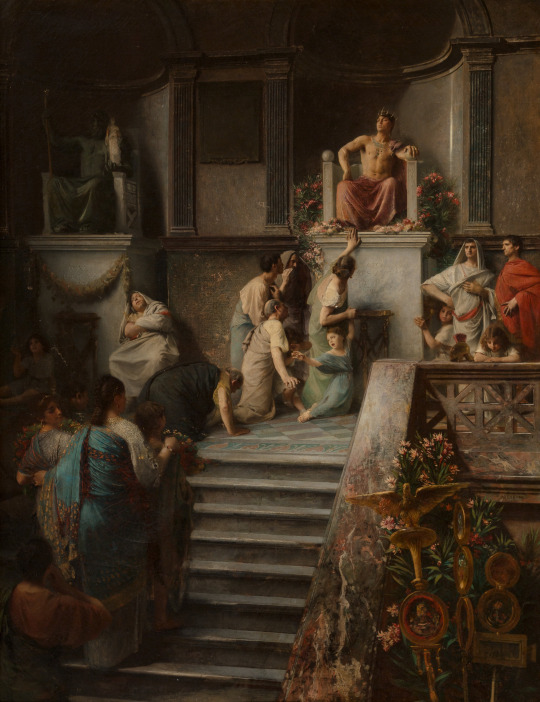
Emile Levy (French, 1826-1890)
Caligula se livrant a l'adoration du peuple, 1877
Caligula, formally known as Gaius, was the third Roman emperor, ruling from AD 37 until his assassination in AD 41. He was the son of the Roman general Germanicus and Agrippina the Elder, Augustus' granddaughter.
#Emile Levy#French art#french#france#mediterranean#art#classical art#fine art#fine arts#caligula#1800s#1877#Caligula indulging in the worship of the people#Caligula se livrant a l'adoration du peuple#oil painting#european art#europe#europa#cradle of civilization#world history
330 notes
·
View notes
Text

Butterfly design in applique. The ladies' guide to needle work, embroidery, etc. 1877.
Internet Archive
622 notes
·
View notes
Text

La Mode illustrée, no. 51, 23 décembre 1877, Paris. Toilettes de Madame Fladry, 43, rue Richer. Collection of the Rijksmuseum, Netherlands
Toilette d'intérieur. Robe princesse en tissu de laine jardinière nuance ardoise. La garniture se compose d'un large galon fond noir, bordé de plusieurs teintes pareilles aux couleurs du tissu de laine; ce galon est posé de façon à simuler sur le corsage une sorte de plastron, et sur la jupe un assez long paletot, et sur le bord inférieur des manches un haut revers. Sous le bord inférieur de la robe princess se trouve un volant plissé de même étoffe; au-dessus de ce volant, la jupe est quelque peu drapée sur le côté gauche sous un large nœud de ruban.
Toilette de visites. Le devant de la robe, depuis le cou jusqu'aux pieds, est fait en satin olive. Le corsage est plat, les devants sont légèrement bouillonnés. La grande polonaise, ouverte sur le devant de satin, est faite en velours ciselé olive et nuance paon; le devant des manches est en ce même velours, et leur dessous en satin. Un biais de satin olive borde tous les contours de la polonaise. Sous la polonaise, fendue sur les côtés, se trouve un faux jupon couvert de satin, lequel apparaît entre les fentes.
—
Indoor ensemble. Princess dress in slate shade garden wool fabric. The trim consists of a large black braid, bordered with several shades similar to the colors of the wool fabric; this braid is placed in such a way as to simulate a sort of plastron on the bodice, and on the skirt a fairly long overcoat, and on the lower edge of the sleeves a high lapel. Under the lower edge of the princess dress is a pleated flounce of the same fabric; above this flounce, the skirt is somewhat draped on the left side under a large ribbon bow.
Visiting ensemble. The front of the dress, from the neck down, is made of olive satin. The bodice is flat, the fronts are slightly bubbled. The large polonaise, open on the satin front, is made in olive and peacock shade chiseled velvet; the front of the sleeves is in this same velvet, and their underside in satin. A bias of olive satin borders all the contours of the polonaise. Under the polonaise, slit on the sides, is a false petticoat covered in satin, which appears between the slits.
#La Mode illustrée#19th century#1870s#1877#on this day#December 23#periodical#fashion#fashion plate#color#description#Forney#dress#princess
77 notes
·
View notes
Text
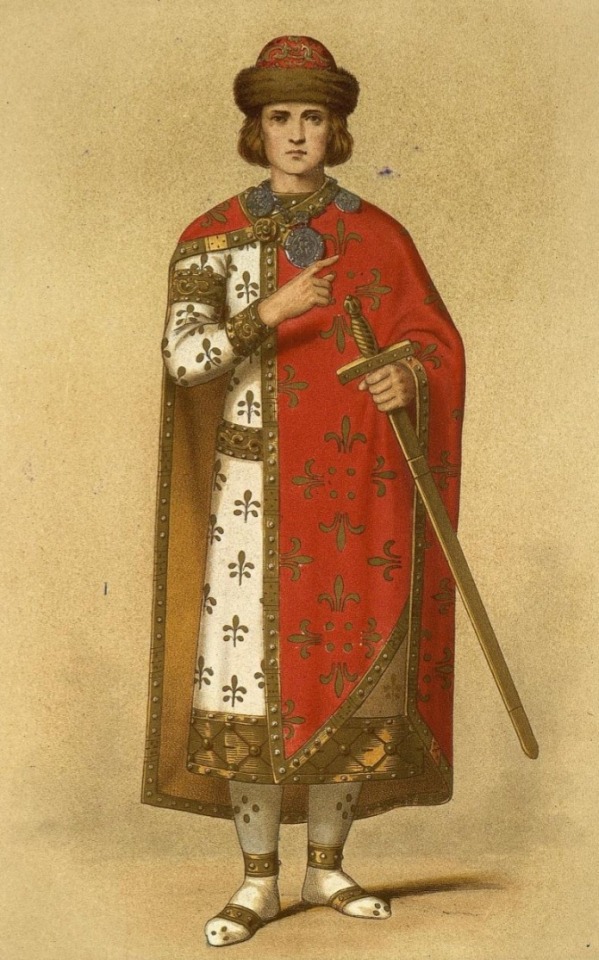
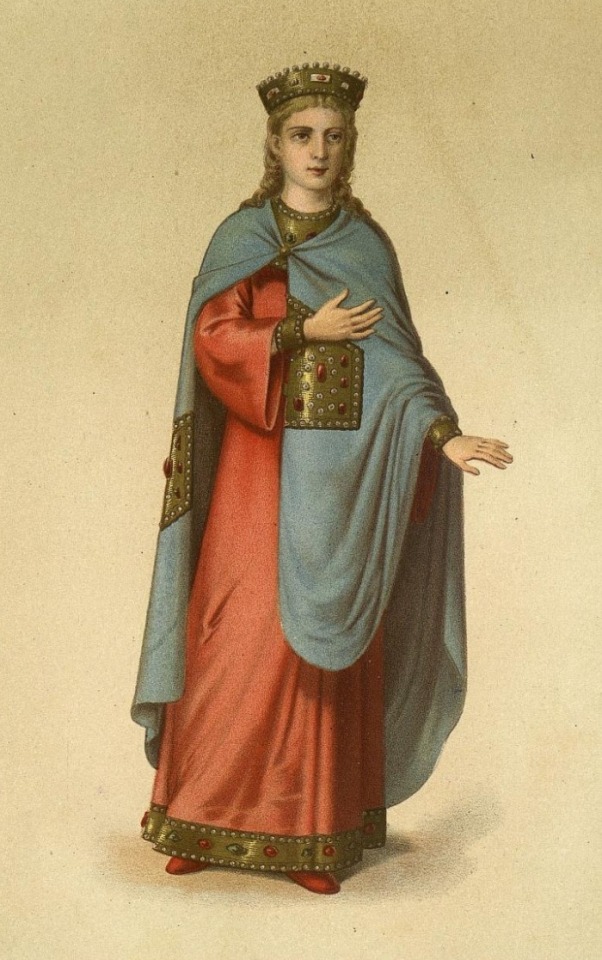

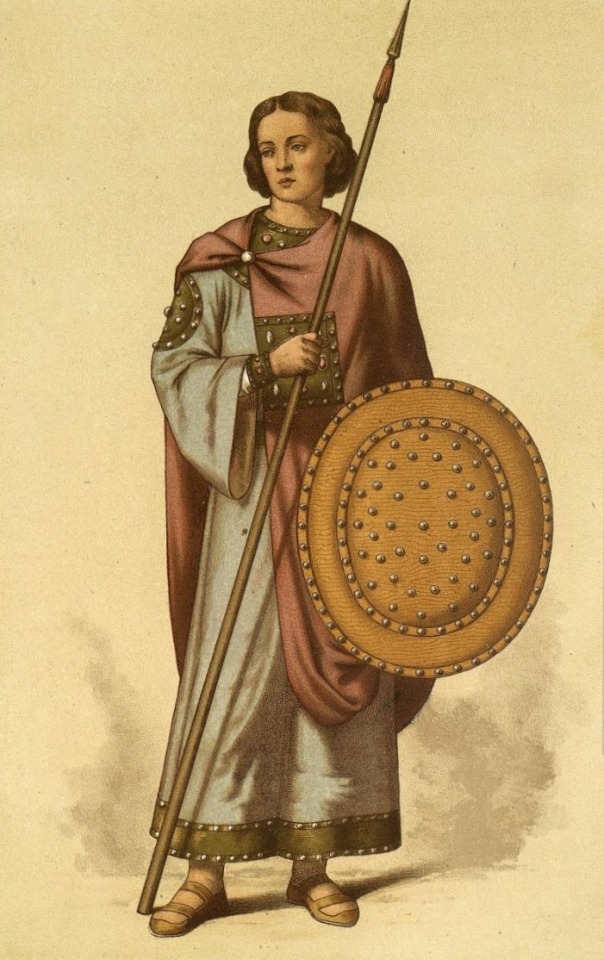
From "Russian historical clothes from the 10th to the 13th centuries" (1877)
#Россия#Russia#vintage#illustration#Europe#русские#russians#slavs#people#русский народный костюм#russian costume#costume#slavic#русская культура#russian culture#culture#traditional#russian#european#illustrations#10th century#13th century#1870s#1877#19th century
38 notes
·
View notes
